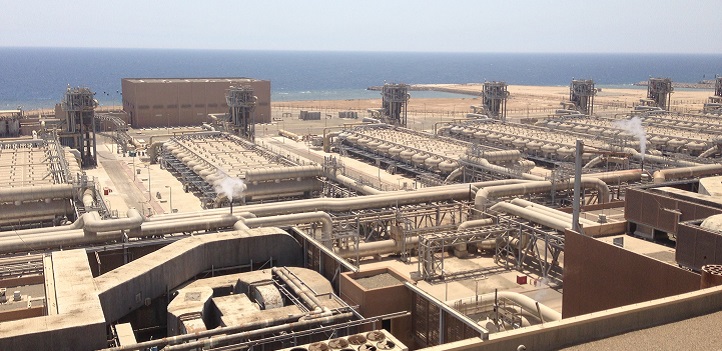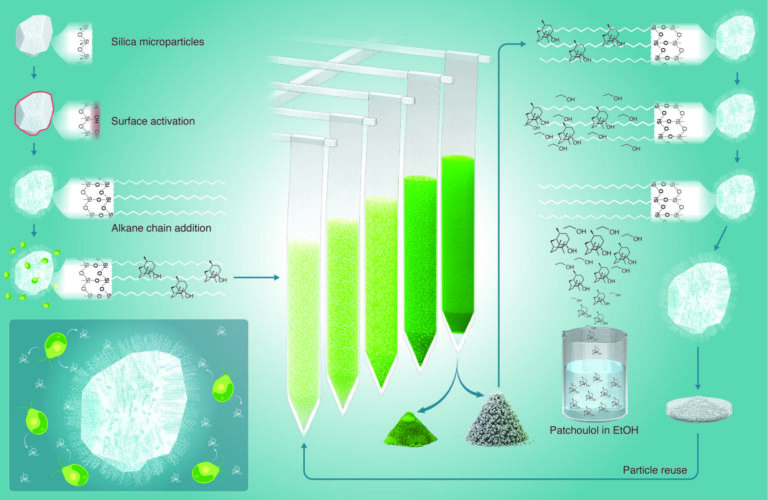Bioscience
Boring down on boron
Learning how boron evaporates will help to improve water desalination technologies.

High-temperature desalination technologies can efficiently reduce the concentrations of a chemical element in seawater to make it an effective substitute for fresh water. Research that has investigated how the element boron evaporates could help produce higher-quality drinking and irrigation water.
Boron is a trace mineral found in concentrations of 0.001–100 milligrams per litre in ground and surface freshwater, but in higher concentrations in seawater (averaging 4.5 mg/l). Exposure to high doses of boron can lead to abnormalities in human fetal and reproductive systems. Although boron is essential for plant growth, high concentrations in the soil can damage sensitive crops.
Countries around the world regulate how much boron is allowed in drinking and irrigation water depending on their main water source, whether fresh or sea. “Gulf Cooperation Council countries, including Saudi Arabia, have stringent standards, allowing a maximum boron concentration of 0.5mg/l in drinking water distribution systems,” says Alla Alpatova, a postdoctoral fellow at KAUST. To improve boron removal during water desalination, Alpatova and her colleagues sought to understand what happens when seawater undergoes one of two currently used temperature-related desalination processes.
Multi-stage flash (MSF) is a desalination technology that involves heating water and condensing the resulting vapor through incremental stages. Air-gap membrane distillation (AGMD) involves the transport of water vapor through a membrane to be cooled and condensed on the other side. To find out how the various components of seawater affected boron removal, the team compared what happened to seawater and to a solution of boric acid when they were processed through these two technologies.
They found that boron begins to evaporate from solution at a temperature of around 55°C. As the temperature applied to the systems increased, the amount of boron evaporated from seawater also increased. “But even though boron is volatile at high temperatures, both desalination technologies were effective in reducing its concentrations in desalinated water to below the Saudi standard of 0.5mg/l, even at seawater temperatures exceeding 100°C,” says Alpatova.
The results show the potential of these technologies for reducing the concentrations of hazardous contaminants in seawater. Understanding how they affect boron evaporation and removal could help improve these methods. The fate of other volatile chemicals in seawater also needs to be investigated, adds Alpatova.
The team is now working on a pilot-scale membrane distillation setup to optimize the system’s design and cost efficiency. They will collaborate with industrial partners to test it at a large scale under real desalination conditions.
References
- Alpatova, A., Alsaadi, A. & Ghaffour, N. Boron evaporation in thermally-driven seawater distillation: Effect of temperature and operating conditions. Journal of Hazardous Materials 351, 224–231 (2018).| article
You might also like

Bioengineering
High value harvests from designer algae

Bioscience
Digging into the world of plant-growth-promoting microbes

Bioengineering
Stray DNA fragments challenge CRISPR precision

Bioscience
Unique microbiome discovered in mountain streams

Bioscience
How a multitasking protein keeps the body’s clock in sync

Bioscience
The theory of everything that wasn’t

Bioscience
Mangrove microbes to munch on plastic

Bioscience




